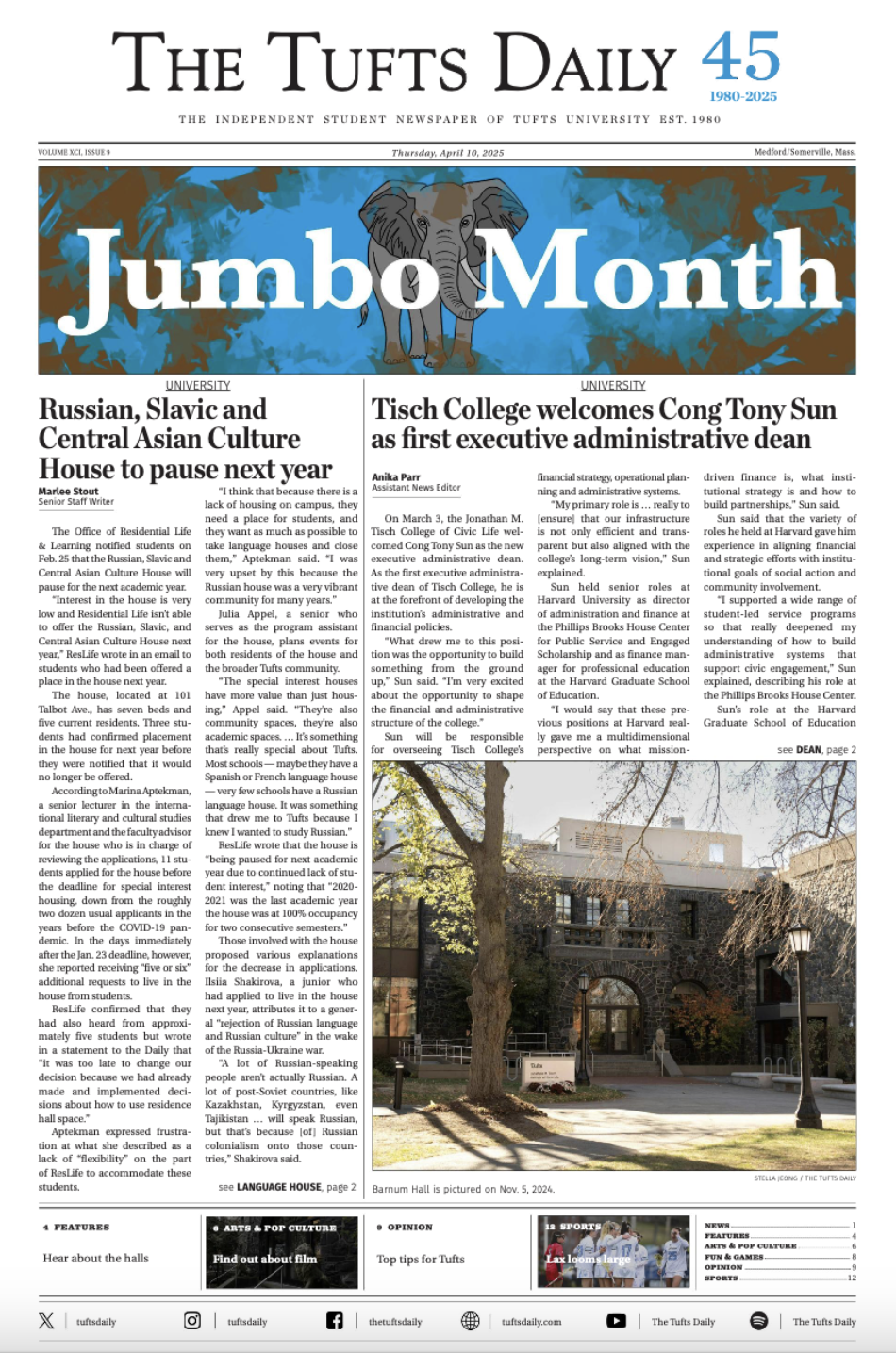It’s not that hard to build a nuclear bomb. Get your hands on some uranium and materials for enrichment, and you’re golden. While that’s a gross oversimplification, I was able to learn the steps to build a nuclear warhead by spending two hours with a YouTube lecture; and in 1999, two University of Chicago students built a working nuclear reactor in their dorm room. For a weapon with unimaginable consequences, that’s a frightening statement to be able to make. In fact, the U.S. has spent the last 78 years tailoring its international security policy to ensure that other countries can’t take advantage of widely available information on how to construct a nuclear bomb. Specifically, the U.S. has focused on keeping nuclear weapons out of high-tension areas, including the Middle East.
Yet, the U.S. is considering sponsoring nuclear proliferation. In light of heightened tensions surrounding the Iran nuclear deal and the ongoing Israeli-Palestinian conflict, the U.S. has proposed a diplomatic deal to get Saudi Arabia to recognize Israel. In exchange, the Saudi government is requesting that the U.S. help the country build a domestic civilian nuclear program for uranium enrichment. According to the Wall Street Journal, U.S. officials are optimistic, saying that they will be able to finalize the details of “what would be the most momentous Middle East peace deal in a generation” within the next nine to 12 months.
Despite the need to improve diplomatic relations in an area with which they have historical tensions, the U.S. cannot agree to foster a Saudi civilian nuclear program. When considering a deal between the U.S. and Saudi Arabia, it is vital to realize that nuclear energy provides a clear first step toward building a nuclear weapon — a desire Saudi Arabia has expressed for years. Nuclear energy and nuclear weapons are interconnected; their production both involve the same process of uranium enrichment, the foundation for generating clean energy as well as building a working nuclear bomb.
Discovering how to split the atom was the first step toward both nuclear energy and nuclear weapons. The magnitude of this scientific process is highlighted in Christopher Nolan’s “Oppenheimer” (2023). Nuclear energy uses low-enriched uranium, while building a bomb requires high-enriched uranium. Natural uranium, mostly found in Kazakhstan, Canada and Australia, requires human intervention to transform the majority of it into usable material.
Natural uranium contains approximately 99.3% of the isotope U-238, and only 0.7% of U-235, which is able to undergo nuclear fission. According to the Nuclear Threat Initiative, “an isotope is considered fissile if it can be split by a slow-moving neutron,” therefore making U-235 the most desirable material. To transform U-235 into this usable state, the concentration of U-235 must be increased by isolating it from the U-238 via a process known as enrichment.
So despite nuclear energy serving a different purpose from nuclear weapons, uranium enrichment poses a huge proliferation risk because of the similar technologies used in both. Having low-enrichment uranium puts Saudi Arabia in a position to develop nuclear weapons to protect its national security interests. The Treaty on the Non-Proliferation of Nuclear Weapons safeguards against non-nuclear states developing nuclear programs. However, as the Nuclear Threat Initiative states, “the NPT does not expressly prohibit non-nuclear weapon states from possessing enrichment facilities, as long as these facilities are used for peaceful purposes, declared, and placed under IAEA safeguards.” If enrichment facilities are concealed and undeclared, they pose a serious proliferation risk and a security risk to surrounding countries.
But we haven’t yet answered why the addition of new nuclear weapons in this region would be so dangerous. It is because the introduction of nuclear weapons would unlock the potential for an arms race in the Middle East. Israel has not confirmed whether it has nuclear weapons capabilities. Despite the 2015 Iran nuclear deal, which placed significant restrictions on Iran’s nuclear program in exchange for sanction relief, Iran resumed nuclear activities when the Trump Administration pulled out of this deal in 2018. The Saudi government declared that they will acquire nuclear weapons if Iran does.
Needless to say, having multiple nuclear powers in the Middle East would begin a likely uncontrollable arms race, analogous to the Cold War in the 1980s, when the U.S. and the Soviet Union accumulated over 60,000 nuclear weapons by the end of the decade. This number is staggering — the more weapons, the higher the chance of a nuclear accident, or worse, a targeted attack. Diplomats and leaders need to focus on disarming countries that have nuclear weapons, not politically enabling unstable countries to develop them.
While normalizing relations with the Middle East is important, the U.S. needs to stand its ground on any topic related to nuclear material. Uranium is dangerous and a gateway to a geopolitical event that we can already foresee as devastating. If the U.S. wants to extend an olive branch, we must work within the confines of traditional diplomacy; bargaining with fissile materials is a path we shouldn’t go down with any country, especially Saudi Arabia.






